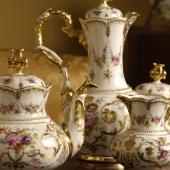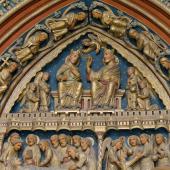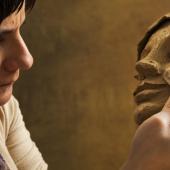Mosaic Art
Placing mosaic finds more and more followers worldwide. Whether venting one's fury creatively or at meditative designs - mosaic offers an endless range of possibilities with shapes and colours to experiment with and to draw up something unique.
Mosaic art has been around since ancient times. The previously oldest manmade mosaic surface dates back to the "Homo erectus bilzingslebenensis", who put together stones and bones to a circular square about 400,000 years ago. In the area between the Tigris and Euphrates (Mesopotamia), columns of palm trunks covered with asphalt were found arising from the period in between 2,500-3,000 BC. These columns were decorated with mosaics and were then already held together with a mixture of the binder bitumen and rock grains. Nowadays the initial mosaic art can be admired in the Vorderasiatisches Museum Berlin or in the British Museum in London for example. Here fantastic mosaic wall decorations as parts of "Eanna sanctuary" or the "Standard of Ur" are exhibited.
Pebble mosaics, mostly in black/white, very modern in Greece. In the second pre-Christian century large motifs that could cover the floor of an entire room, were produced. Likewise, mosaics were widespread in the Roman Empire. Here many floors and walls were usually decorated with geometric motifs.
Whereas previously mosaic was rather well-known as a floor or wall design, it has become more and more an artwork in recent years. Nowadays mosaic in artisan area again gain in importance. Many craft stores increasingly offer templates and mosaic patterns from materials such as glass, ceramic, clay or marble. Especially in the garden, mosaic art in combination with nature has a special effect. A beautiful mosaic garden table is for example a very special eye-catcher.
Who can no longer get enough of the colourful mosaic art should plan a city trip to Barcelona. Here around 1900 the outstanding artist Antoni Gaudi raged hisself out. He developed the Park Güell and created a special mosaic art space. The winding bank decorated with broken ceramic above the market hall modeled according to Roman temples is world famous. Here, the friendly dragon guardian welcomes the guests and is decorated with broken pottery, called "trencadís". It is worth a visit!




